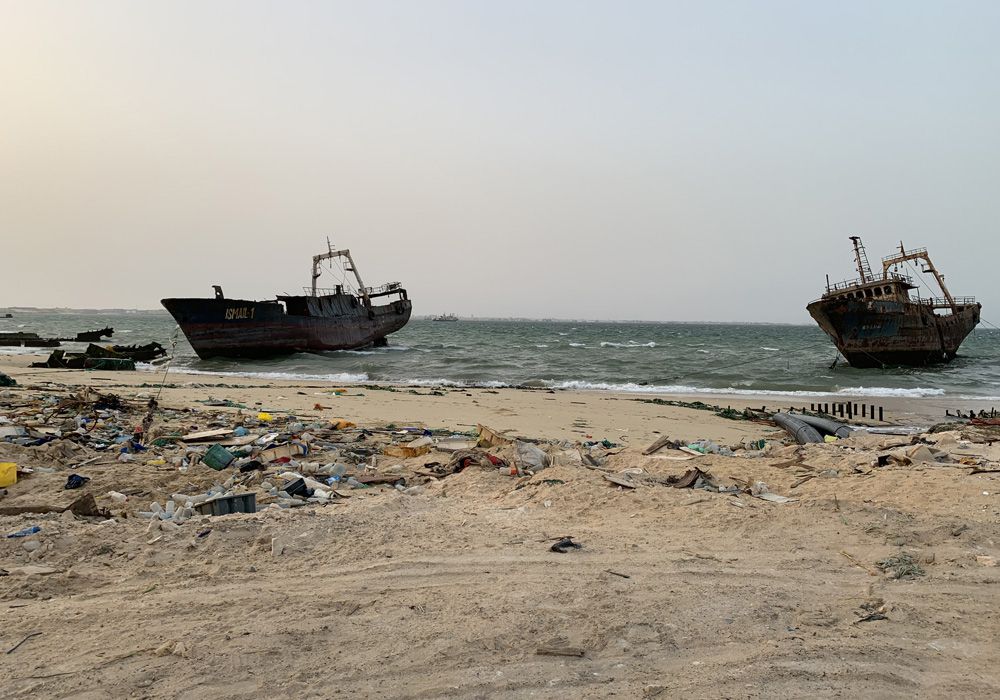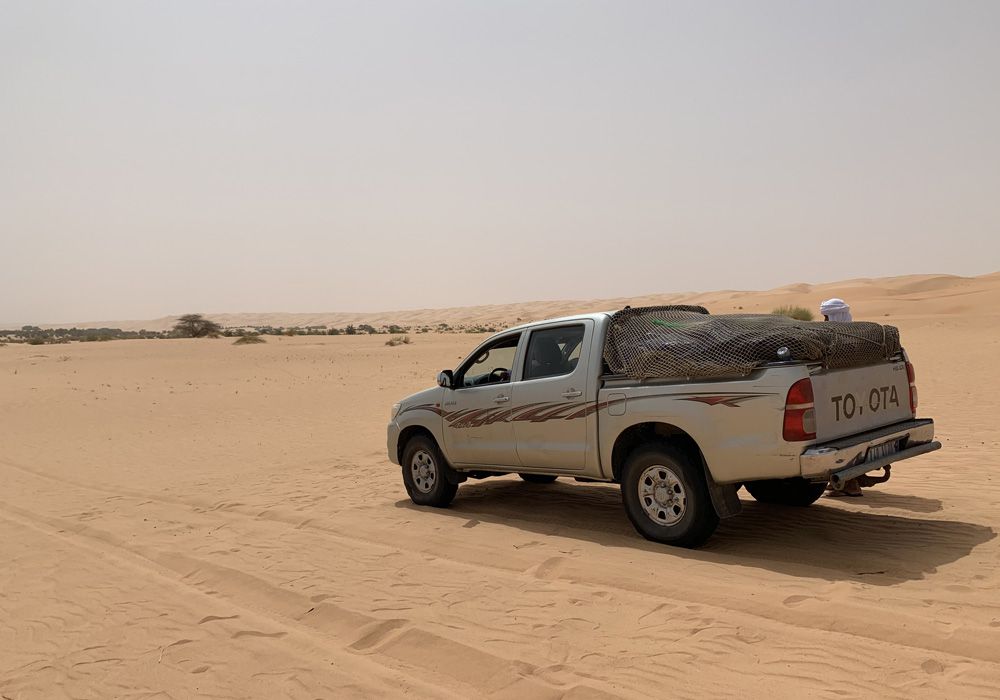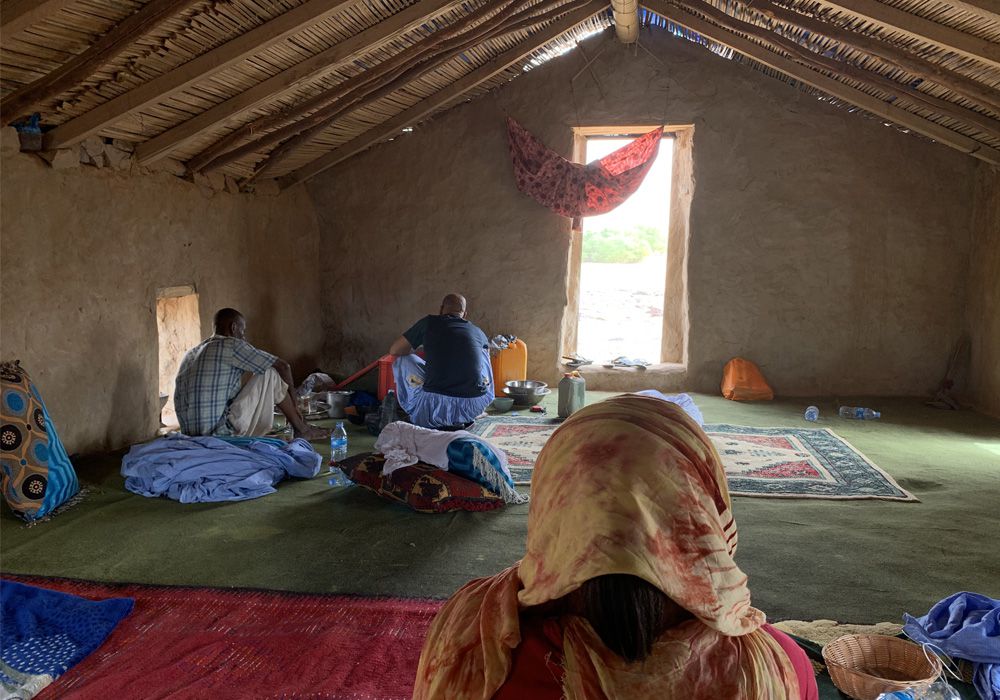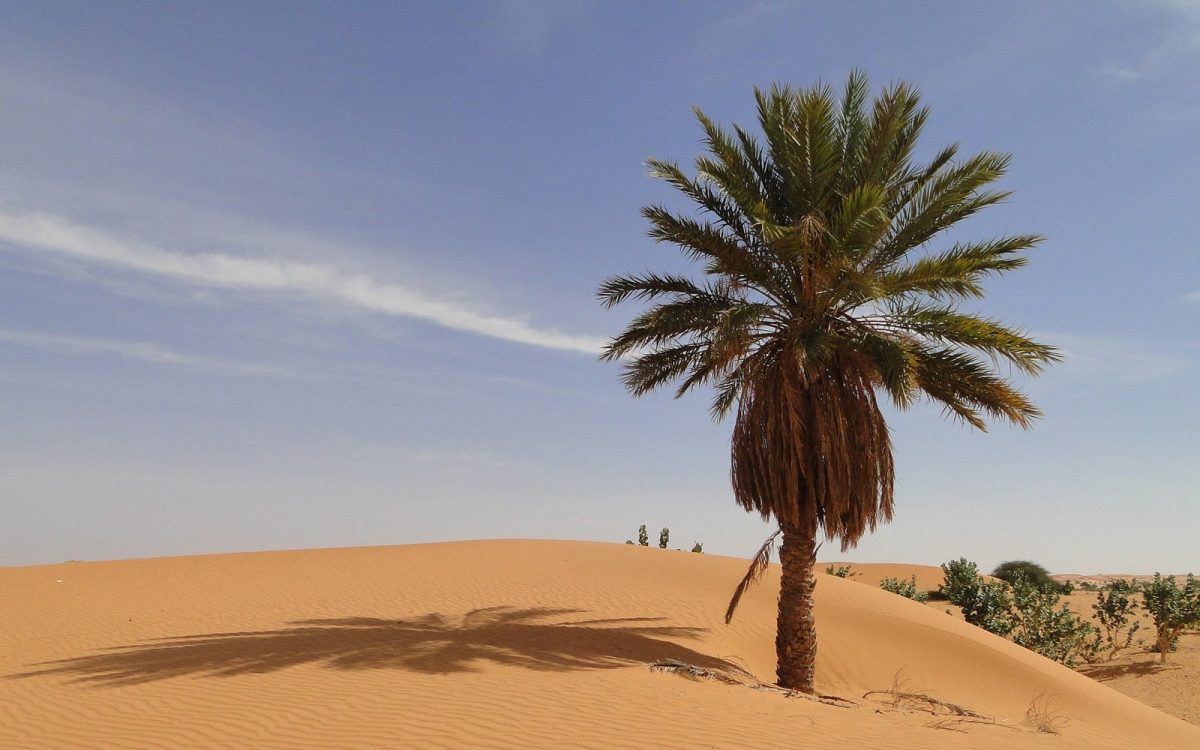Sitting on the curve of northwest Africa, bordered by Mali and Algeria, among others, is Mauritania, a dream destination for adventurers looking to escape the clutches of modernity. A vast country – the 29 th Largest in the world – visitors can turn icts arid, desert landscapes qui still adheres to a life untouched by Internet and cell phone signal.
Journeys into the desert are a must with opportunities to roam on the back of a camel or by 4×4, meeting its nomadic population, and cooling off in desert oases.
Here is a guide with information for first-timers planning to Mauritania.
 SAFETY
SAFETY
- Many governments have Mauritania on high alert with the UK government, in which the capital Nouakchott sits, and against all the rest of the country.
- They also thought it possible to add “Nouakchott and the Fifth District after dark”.
- While it is important to still mention these warnings, you need not worry, Mauritania is a safe haven in the region and the local government has made a lot of improvements over the past 10 years to secure the safety of its visitors. In fact, the majority of tourists visits reports of the whole world.
- You are also unlikely to be too happy by local street vendors or children looking for food. As with all travel, make sure to keep yourself comfortable and comfortable. If you are traveling to Mauritania, we can advise you about staying safe on the ground.
GETTING THERE
- Most travelers flying into Mauritania will land in Nouakchott-Oumtounsy International Airport, which is a relatively short drive (around 25km / 16 miles) to the capital.
- Direct flights from Europe with Air France and Istanbul with Turkish Airlines. Nouakchott Airport is also connected to North Africa with Royal Air Maroc, Tunis with Tunis Air, and Algiers with Air Algerie.
- Some travelers, especially those who need to make their flights, may find flying into Mauritania expensive. Flights from the United States, for example, could cost upwards of $ 1,000.
- Entering Mauritania by land is an experience by itself. If you’re going by public transport, it has been updated in recent years but you should be prepared for a long wait at the border while getting your visas. If you’re driving your own car, an accessible route is from Morocco to Nouackchott via Dakhla but, again, be ready for a wait at the border.
THINGS TO DO
- No trip to Nouakchott is complete without visiting Fishing Port, a bustling fishing port in which Wolof and Fula fishermen pull in their catch while boys take the haul away to gut and fillet. Other places of interest include the Zein Art gallery, which displays the work of local artists, and the National Museum of Mauritania. You may also want to spend some time at Nouakchott Beach, visit the twin-towered Saudi mosque, and shop at the Marche Capitale.
- In the other big city, Nouadhibou, visitors should dive into the lively local markets, see the resident monk seals, and visit the ship graveyard to see the eerie abandoned boats lying on the sands.

- Outside of the two big cities, Mauritania is a desert destination with miles of gorgeous, untouched landscapes. For the true adventurer, it’s mostly untouched by modern living and a chance to look back into a long-lost way of life. Visitors should take care of the deserts at the gorgeous oases and local villages (make sure to go with a knowledgeable tour guide such as Desert Mauritania). Nights are best spent sleeping in the stars in designated campsites.

- For a truly unforgettable experience, visit Mauritania’s nomadic population. In the mid-1980s around 80% of the population were nomads, but environmental forces and rush to the big cities were reduced to less than 10%. However, despite this, it is still a fascinating insight into a way of life that has survived centuries.
- Other must-see destinations include the Banc d’Arguin National Park, a UNESCO World Heritage site and one of the world’s best birdwatching destinations, Chinguetti an ancient and important religious site and Oulata, a stunning fortified town and an important caravan market.
INFRASTRUCTURE
- For the traveler seeking an authentic experience, Mauritania is ideal. Internet signal is very poor with many tourist sites suffering from a lack of internet or even phone signal.
- ATMs can be found only in supermarkets and pharmacies. In these larger shops, cash is needed for smaller outlets.
- Hotels are found in Nouakchott, but prices are relatively high – expect to pay USD $ 50 to $ 80 per night for an average hotel. Most tourists, however, will want to experience the beauty of sleeping under the stars. Designated campsites are available in the major cities but are not bountiful.
- If you’re traveling by car, you’ll find the roads very typical of the surrounding regions. Some are cemented, some barren. The most touristy areas are desert lands, however, and require a 4×4 more a skilled driver who can navigate without roadmaps.

- Toilets will typically be Western-style systems with a seat, however, you may find squatting toilets outside of the capital and major cities.
FOOD AND DRINK
- You will find tasty fish dishes in the city, but if you want to take advantage For those who would like to try exotic meat, the locals eat camel.
- Traditional Mauritanian dishes include the national dish, thieboudienne, a fish dish with rice served with a sauce typically made from tomatoes. Other meals include roasted lamb, spiced fish, goat stuffed with rice, and fish balls.
- To have a good time with your group. Locals will eat with their hands, scooping rice and making a ball out of it before popping it in their mouth.

- Another experience you must try is the Mauritanian tea ceremony, a highly tuned process that is captivating to watch. Typically, tea leaves in a tablet-like form are dropped into a water-filled kettle, which is then put on a stove to boil. Fresh mint and sugar are added. Once the tea is brewed, the tea maker will pour the liquid from a height into glasses, then for it back into the tea maker and repeat this a number of times before serving it to the guests.
 LANGUAGE
LANGUAGE
- Modern standard Arabic is the official language of Mauritania. However, Wolof and Soninke are also spoken in the English language.
- Is increasing, so the number of people doing so is increasing. For that reason, you might need to brush up on your English-speaking tour guide.
BEST TIME TO GO
- Two-thirds of Mauritania has a hot, desert climate while the south can be considered semi-desert thanks to rainfall between June and the beginning of October. The best time to visit is between November and March when the temperature cools.
- In the warmest regions, a temperature of 40 ° C (104 ° F) and easily higher. During this time, many tours will take you from the sun to around lunch until 4pm or 5pm. For the intrepid traveler, but something to plan for.
 Visiting Mauritania …
Visiting Mauritania …
Mauritania is an ideal destination for those seeking real adventure. A journey into the desert has a truly traditional way of life, including Mauritania’s proud nomadic people. A trip to the two major cities of Nouakchott and Nouadhibou brings a semblance of city life to the desert.



2 Comments